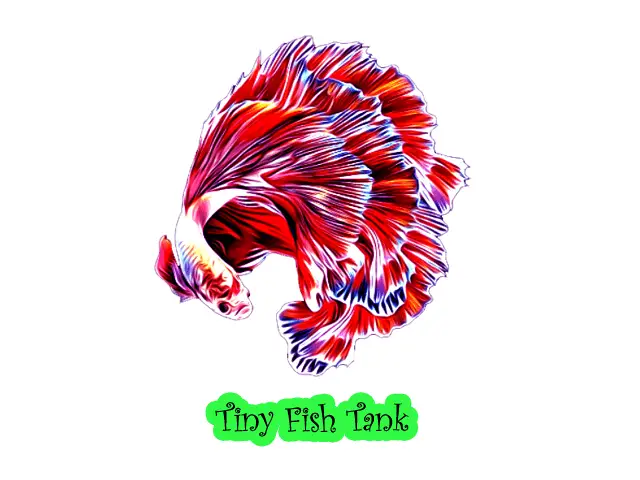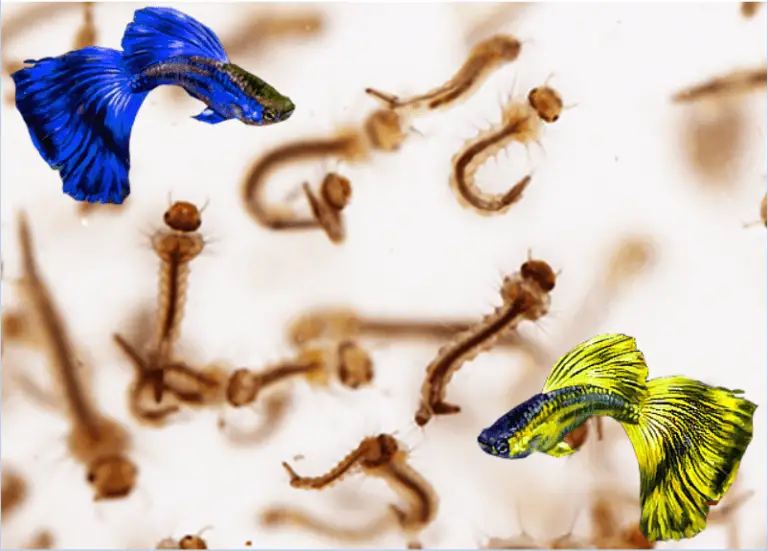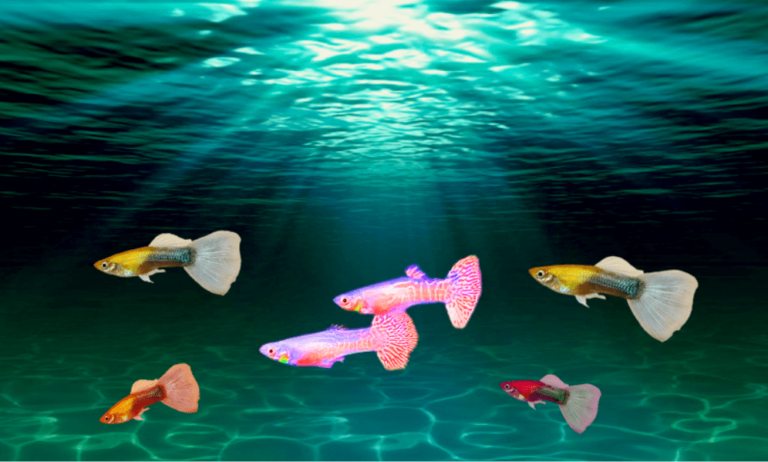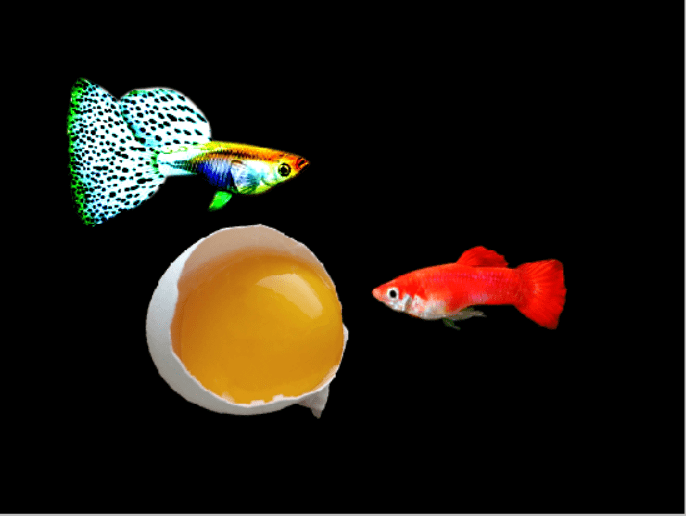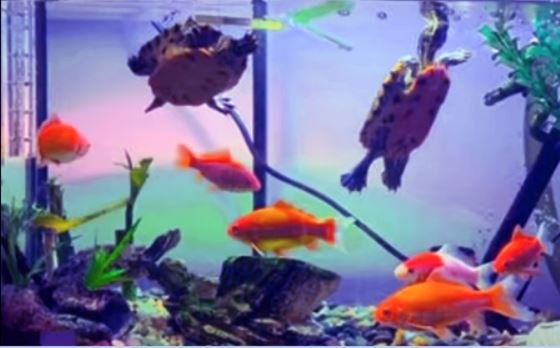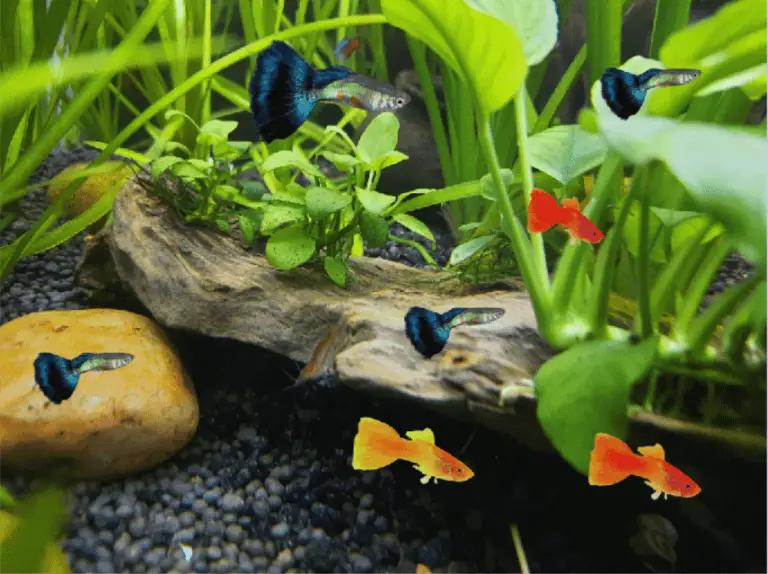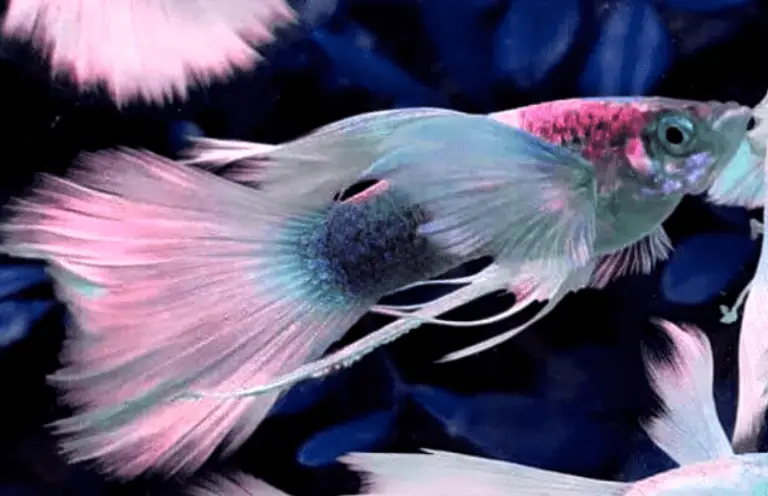Is almond leaf good for guppy fish?
Is almond leaf good for guppy fish? The almond leaf contains a richness of chemicals and tannins that help the guppies improve their health. In addition, the antioxidants and antibacterial properties keep them safe from infections.
The Indian almond leaves are much popular in guppies breeding farms.
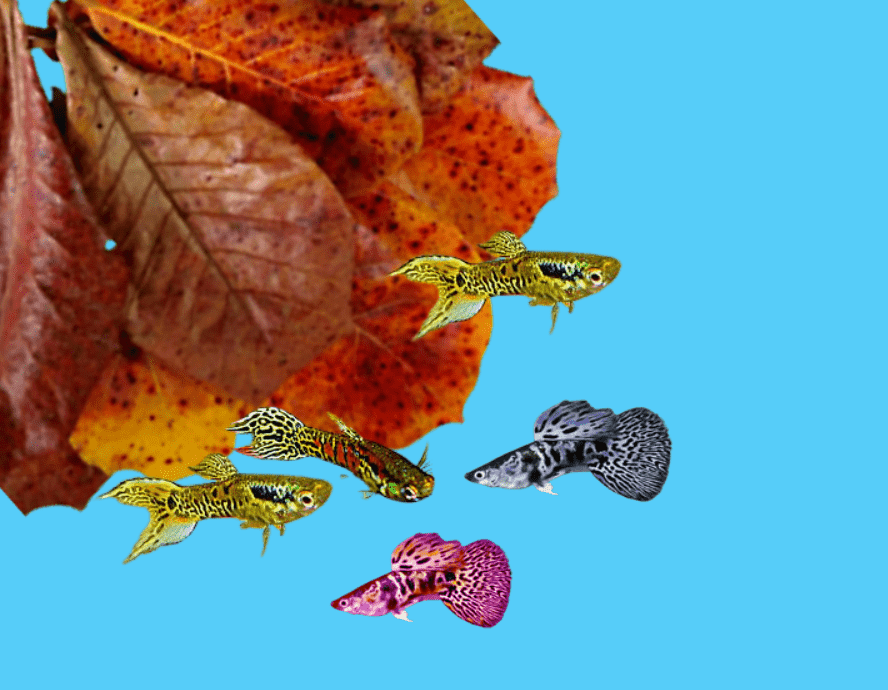
Table of Contents
- Can guppies live with almond leaves?
- How long do you leave almond leaves in the guppy tank?
- Are almond leaves the same as Catappa leaves?
- What are the benefits of almond leaves?
- Should you boil Catappa leaves before placing them in the tank?
- How many almonds leave per gallon?
- Why does water get yellow color after adding almond leaves?
Can guppies live with almond leaves?
Yes. The almond leaves take 3 to 5 days to sink when you keep them in the tank. After the leaves fall to the bottom of the tank, the leaves start breaking down. However, the underwater leaves will sustain for more than two months in the aquarium if the water condition is suitable.
During this period, the guppies will live comfortably. Make sure that the water is not getting contaminated. If you experience a change in the color of the water after the leaves have sunk to the bottom, you can immediately remove the leaves from the water.
The water may become dirtier if you the leaves in the water. The decomposing process of the leaves will start contaminating the water.
Too much of the dirt and broken pieces of the leaves would result in the development of health problems in the guppies. Moderate the water regularly. Change the 25% of the water every 15 days to keep the water clean.
How long do you leave almond leaves in the guppy tank?
You can keep the almond leaves in the guppy tank for two months. However, it is recommended to regularly monitor the water condition to avoid increasing contamination in the water.
If you see guppies having trouble breathing and coming to the top for the oxygen, then the water might have become lethal for them. Take immediate action to remove the leaves from the tank and change the water with fresh water.
Almonds leaves start decomposing in the water after a few weeks. During this period, the leaves will release the essential minerals in the water consumed by the guppies.
The minerals and nutrition help the guppies in improving the reproduction cycle. As a result, the guppies will become more healthy, and the fry will have better health as soon as they are born.
Read More :- https://www.tinyfishtank.com/how-do-i-start-a-new-guppy-strain/
Are almond leaves the same as Catappa leaves?
Yes. The almond leaves are also called Catappa leaves. The name Catappa is originated in India. It comes from the Terminalia catalpa trees. The almond leaves have chemical healing properties. Using the leaves’ solution would help you fight harmful bacteria, fungal, or parasites infections.
The leaves are widely used in livestock such as betta fish, shrimps, guppies, and all other types of community fish to improve their health, especially their reproduction cycle.
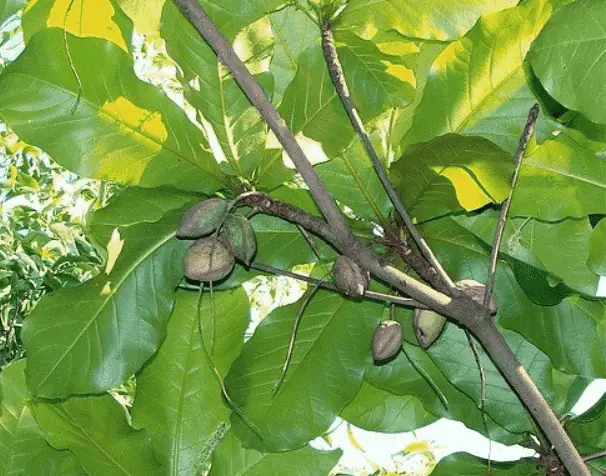
What are the benefits of almond leaves?
Improve water quality
The Indian almond leaves are naturally immune to kill harmful bacteria. The chemical released by the leaves does not allow the bacteria and parasites to reproduce in the water. It is a natural water conditioner that keeps your fish safe from infection.
Tap water contains several types of harmful substances that may cause the guppies to develop serious health problems. Indian almond leaves will help you improve the water quality and protect your fish from contamination.
Read more :- https://www.tinyfishtank.com/why-is-my-guppy-turning-white/
Control the pH Levels
The high pH level in the water would result in health problems. Some fish prefer lower pH levels. The Indian almond leaves naturally control the pH level in the water.
Additionally, it reduces the carbonate hardness in the water, which naturally contributes to dropping the pH level in the aquarium.
Should you boil Catappa leaves before placing them in the tank?
You do not need to boil the Catappa leaves or soak them in the water. This is because the pre-soaking Indian almond leaves would release the essential substance in the water. As a result, the tannins will get removed, and the Catappa leaves will become weaker.
The boiling process makes the Indian almond leaf release the tannins quickly in the water. In addition, the heat breaks the bond between the chemicals, and it gets mixed in the water making the leaves less effective. So avoid the boiling of the Indian almond leaves.
If you are using the almond leaves first time in the aquarium, it is recommended to use them in a small quantity. Break the leaves and put them in the aquarium.
Monitor the water condition and observe the fish. If you find any sign of health problem or water become dirty after few days. Change the water and remove the leaves from the water.
How many almonds leave per gallon?
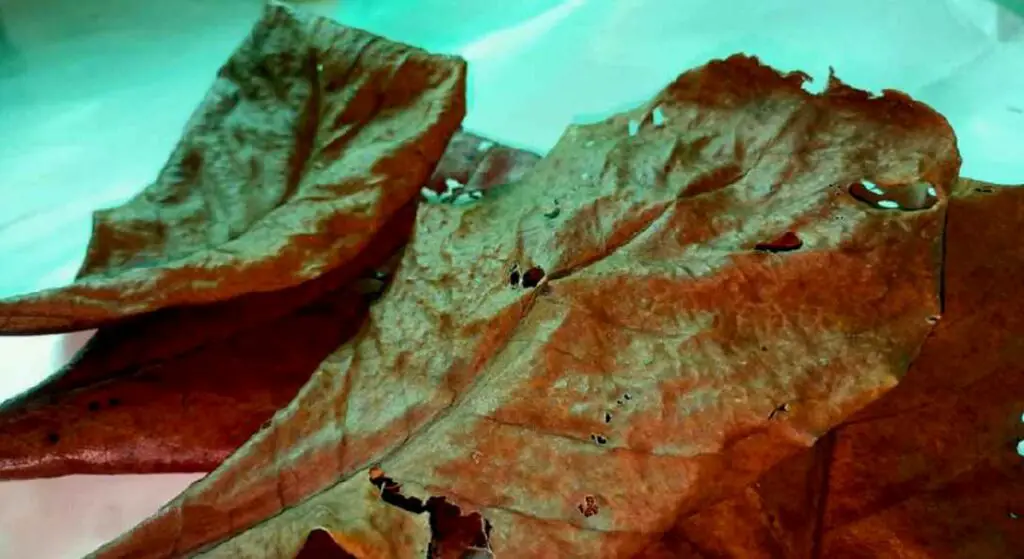
It is suggested to use one medium-sized Indian almond leaves or Chattapa leaves for every 10 gallons of water. Drop the leaves directly into the tank.
It will start floating and stay at the top for few weeks. Once the leave is sink to the bottom, it will begin releasing the tannins in the water.
Read More :- https://www.tinyfishtank.com/what-is-the-number-of-guppies-in-a-10-gallon-fish-tank/
Why does water get yellow color after adding almond leaves?
Once you put the Indian almond leaves in the aquarium, it starts reacting with the water. The chemical trapped in the leaves will now get released into the water. Over time the water will have the chemicals and nutrition essential for the guppies.
The tannins can stain the aquarium water. As soon as the almond leaves start decomposing, the water will start turning yellow and brown tinge.
Do not worry if the water turns yellow or brown. It will not harm the guppies. The tannins found in the water will help the guppies to grow stronger and become healthy.
The fish’s natural habitat is always the murky brown or the dark water containing various substances flow in the water.
The river water where the fish are found contains various substances that make the water appear dark. Still, the fish survive in such contaminated water. So your fish is immune to protect their health in such conditions.
After one month of adding the almond leaves to the water, the leaves will reach their maximum decompose speed. After that, you can remove the leaves from the water.
The disintegrate process will break the leaves into tiny parts, mix in the water and become problematic for the fish to breathe and survive.
Related Article :-
https://www.tinyfishtank.com/why-are-my-guppies-not-breeding/
https://www.tinyfishtank.com/can-guppy-live-without-an-eye/
https://www.tinyfishtank.com/why-are-my-pond-fish-hiding-all-of-a-sudden/
